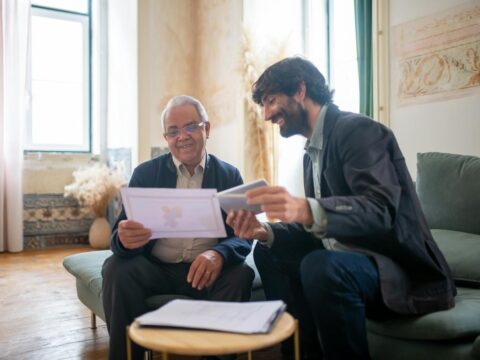Many seniors live on a fixed income after retirement, which can make it hard to cover daily expenses, medical bills, or home repairs. One option that some older adults use is a reverse mortgage. It allows them to use the value of their home to get money without having to sell it or pay monthly rent. Let’s explore how reverse mortgages work and how seniors use them to live more comfortably.
What Is a Reverse Mortgage?
A reverse mortgage is a loan available to homeowners who are usually 62 years or older. Instead of making monthly payments to a lender, the lender pays the homeowner—either in a lump sum, monthly payments, or a line of credit. The loan is repaid when the homeowner sells the house, moves out, or passes away.
Staying in the Home Without Rent
One of the biggest benefits is that seniors can stay in their own home without making monthly mortgage or rent payments. This gives them peace of mind and more financial freedom during retirement.
Turning Home Equity into Cash
Over the years, many people build up a lot of value, or equity, in their home. A reverse mortgage lets them turn that value into usable cash. They can use this money for groceries, medical care, travel, or even to help their children or grandchildren.
No Monthly Payments Required
Unlike regular loans, seniors don’t have to pay the money back each month. The loan is only repaid later—usually from the sale of the home. This helps seniors who don’t have much income coming in every month.
Helps Cover Unexpected Expenses
If a sudden medical bill or home repair pops up, the funds from a reverse mortgage can help cover it without dipping into savings or borrowing money elsewhere.
Must Still Pay Taxes and Insurance
Even though there’s no monthly loan payment, homeowners still need to pay for property taxes, insurance, and home maintenance. If they don’t, they could lose the home.
Not for Everyone
Reverse mortgages are helpful for many, but they’re not the best choice for everyone. Seniors should talk to a trusted advisor or counselor before deciding, to understand the risks and benefits.




